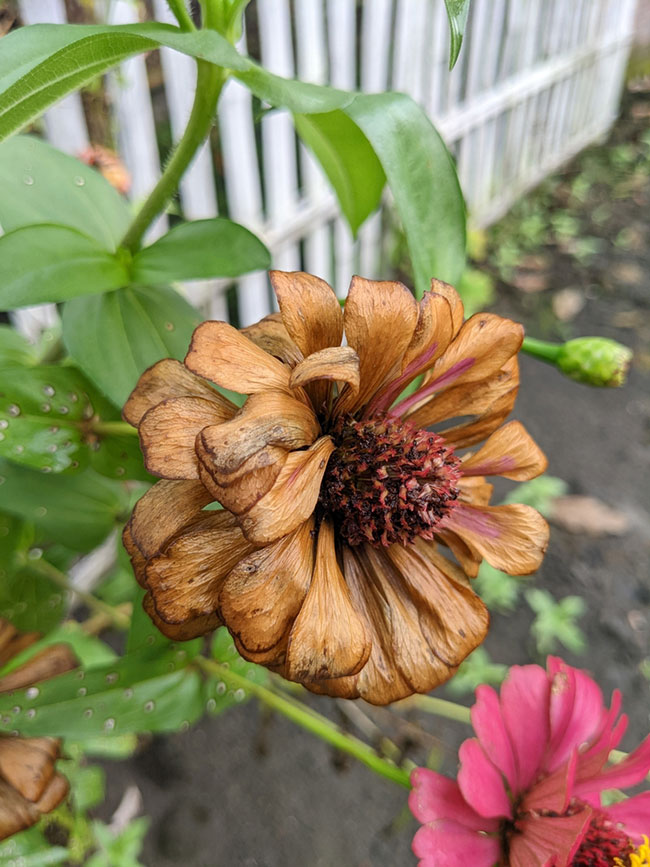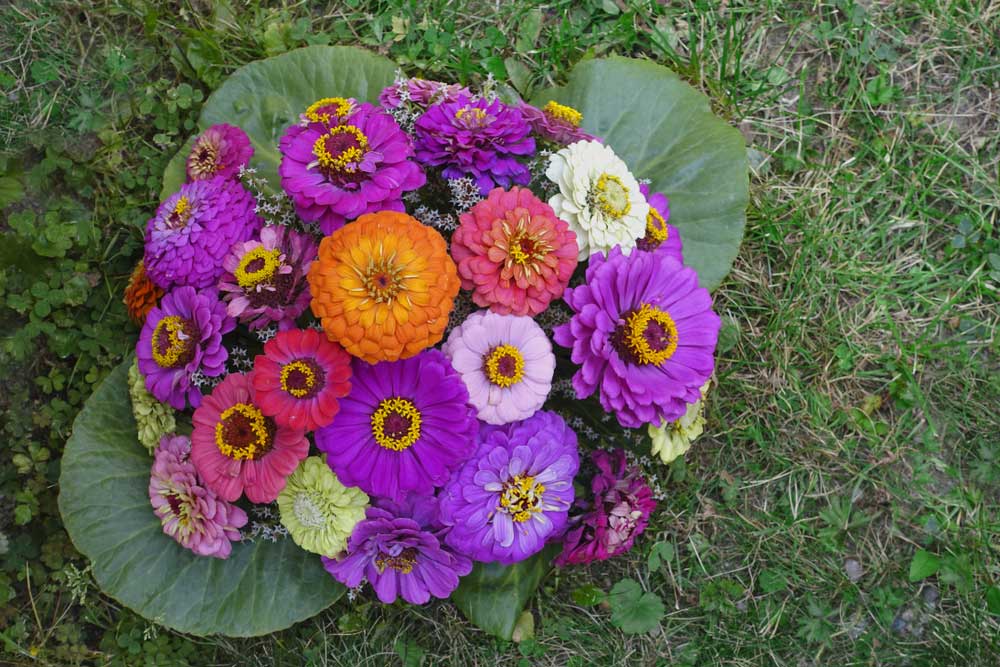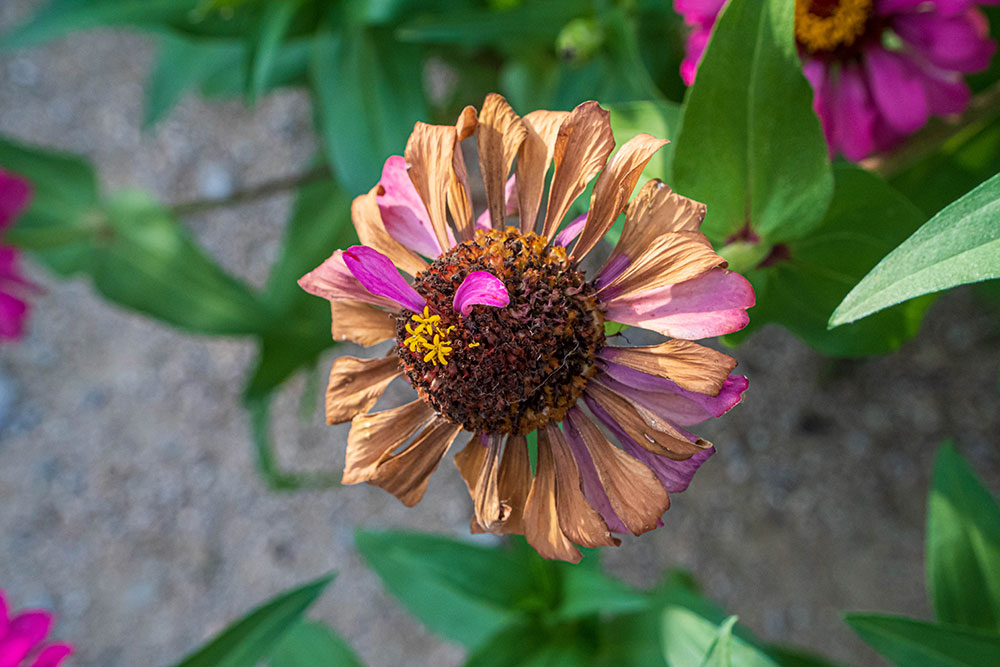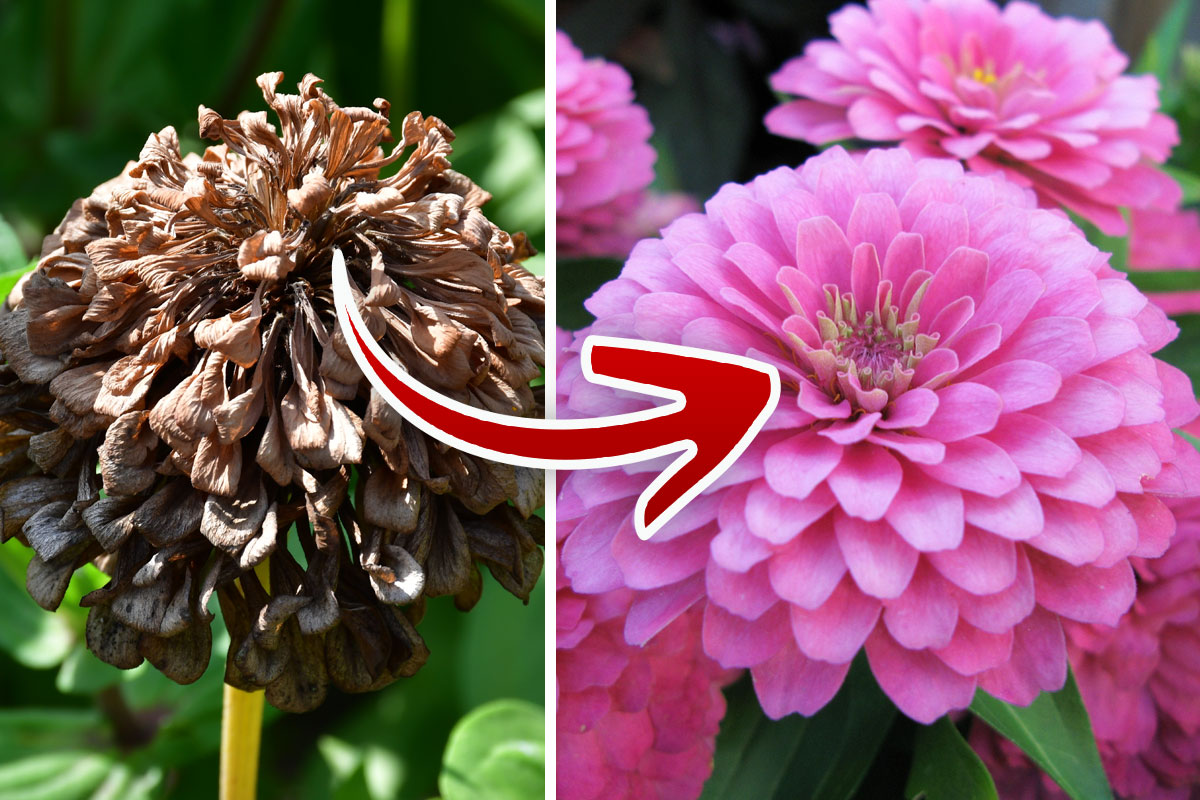
Zinnias are an easy plant to grow and care for that yields beautiful and vibrant blooms. Their blooms are popular as a cut flower, while also attracting beneficial pollinators to your yard.
Despite their already abundance of blooms, you may wonder if there is anything you can do to help increase the amount of flowers these annuals produce.
There are actually a few different tips you can implement to ensure your zinnias produce as many flowers as possible.
Sow Those Seeds In The Right Location
Zinnias are a sun-loving plant, so make sure you plant them in an area where they’ll receive full sun. Also, zinnias do well when seeded directly into your garden.
Make sure the soil has warmed and there is no chance of frost. Then simply plant the zinnia seeds directly in your garden. It can take 7 to 10 days for the seeds to germinate. Keep in mind that it can take 75 to 90 days for them to bloom. Another option is to start the seeds indoors and then plant the seedlings in the ground once there is no chance of frost.
Starting the seeds is a great way to get a jump on bloom production.
Frost Will Kill Off Their Blooms
Even a light frost will take its toll on zinnia blooms. That is why it is important to wait until after the last frost before you sow the seeds or transplant seedlings outdoors.
If you’re not sure when the last frost is for your area, check the Farmers Almanac.
It is always best to err on the side of caution and wait to plant zinnias if you’re not sure about the final frost.
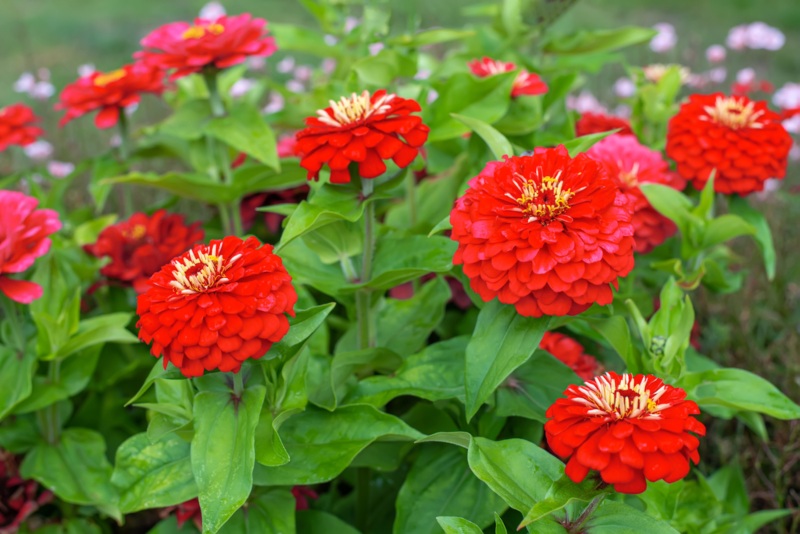
Water Them Correctly
Zinnias need moist but not soggy soil, and ensuring they get the correct amount of water is a great way to keep the plant healthy and producing those blooms.
Refrain from watering the plant overhead, as this can increase the chance of disease and pest problems. Instead, water the water at its base.
A soaker hose works well to keep the petals and leaves dry while still providing the plant with the vital hydration.
Pinch Your Zinnias
Pinching is a form of pruning, and is done by removing some of the stem tips of the plant. This selective pruning helps to promote additional stem growth, which means you get even more flowers. In fact, the words pinching and zinnias go hand and hand due to this plant’s positive responsiveness to pinching. Make sure that you pinch the plants properly as you may cause more harm than good if your not careful.
How to Properly Prune or “Pinch” Zinnias
Wait until the plant is about 8 to 12 inches tall. When they reach this height, get your clean and sharp pruning shears and get to pruning. The best way to prune is to cut off the top 3 inches above a set of leaves. This helps to encourage flower production. Keep in mind, however, to not go overboard and prune too much.
Instead, choose only a few large flowers to prune at a time. Being over zealous with the pruning can actually cause serious damage to the plant’s health.
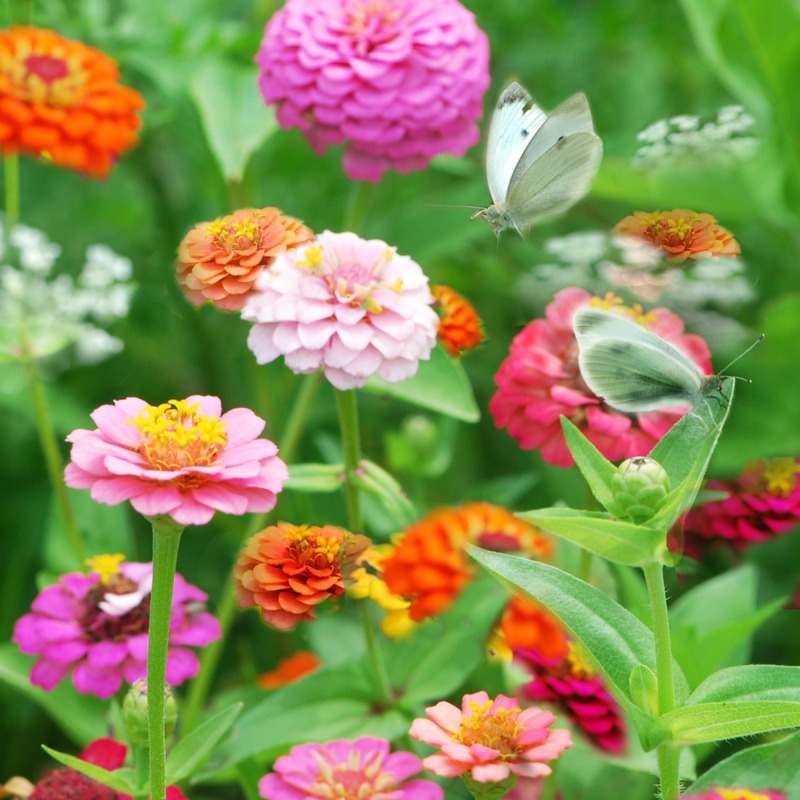
Don’t Forget about Deadheading
Deadheading, or removing spent blooms, is another important act that can greatly increase the number and size of zinnia blooms. Even when the flowers are spent, the plant will still continue to waste valuable resources to those dead and wilted flowers. When you remove them, the plant can use its energy for growth and to produce even more blooms. That is why it is important to deadhead the plant regularly snipping off spent blooms.





